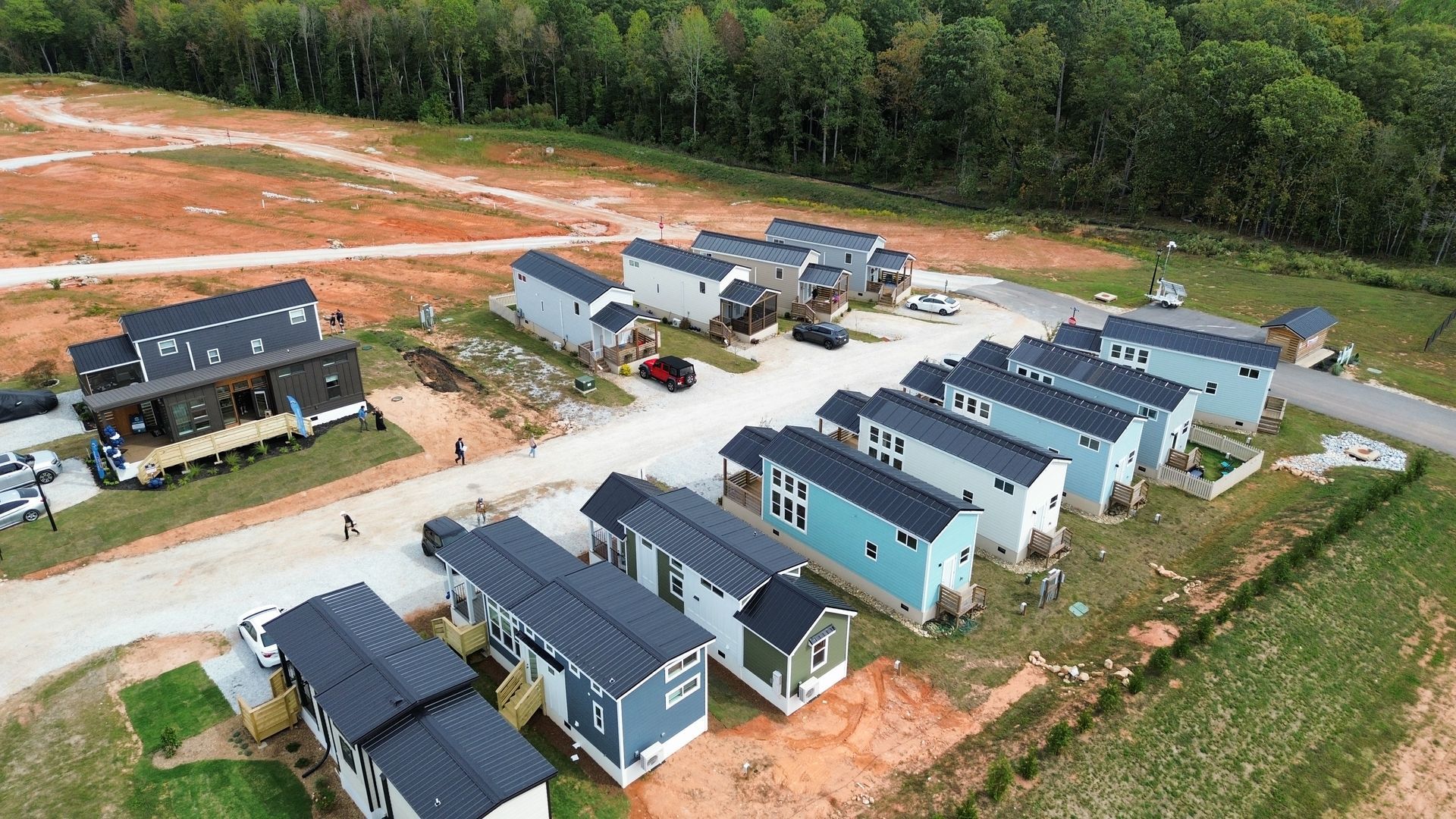Lennar Makes a MAJOR Move
Lennar Files for Public Land-Banking REIT Subsidiary

Lennar, one of the country’s largest homebuilders, has announced plans to sell between $5 billion and $6 billion in land holdings to a new publicly traded REIT subsidiary, Millrose Properties, during their Q3 2024 earnings call. While Millrose is set to begin operations next year, it has already filed with the SEC as of mid-December. The purpose of Millrose is to serve as a land bank for Lennar, helping the company reduce its asset exposure and free up capital for its core homebuilding business. Lennar will maintain a significant stake in Millrose to benefit from its growth.
This marks the first publicly traded REIT focused exclusively on land banking, signaling a shift from one of the nation’s largest homebuilders in response to a post-Covid, higher-growth market environment. In addition to the land assets, Lennar will contribute up to $1 billion in cash and a homesite option purchase platform.
Millrose will acquire, manage, and develop land, selling it back to Lennar and potentially other developers through option contracts. This approach allows Lennar to avoid loading up its balance sheet and limits its exposure to land development risks. Millrose will rely on capital from land sales to fund new acquisitions, making it more agile in an environment with tighter bank liquidity.
This strategic move benefits both companies. Lennar gains access to land without taking on the risks associated with land ownership or development, allowing for greater operational efficiency and providing a pipeline of land for future projects—without overburdening its balance sheet. Meanwhile, Millrose maintains liquidity to fund continued acquisitions, giving it a competitive advantage in the market.
Millrose is also seeking a $1 billion revolving credit facility and additional debt financing to support its plans. The REIT intends to allocate $900 million of its initial capital to acquire land from Rausch Coleman, a top 25 U.S. homebuilder, expanding its footprint into new key growth markets.
This move could inspire other homebuilders to explore the “land light” model, as they weigh the benefits of reducing asset risk while maintaining growth. It also highlights the trend of public builders pursuing private M&A opportunities to scale while limiting exposure to land-related risks.
In an era marked by inflation, rising interest rates, housing affordability concerns, and conflicting economic signals, this announcement underscores Lennar’s optimistic outlook for future growth.
At Alpha Equity Group, we have been utilizing land-option contracts and innovative structures for years to mitigate risk and optimize profitability. Lennar may be a few years behind in adopting this model, but we welcome them into this space with open arms.
The Catalyst Strategic Credit Fund is a debt fund offering created to offer investors access to this residential home building profitability cycle but at a much lower risk.
Instead of gaining indirect exposure to the strategy through a public stock that owns and controls land, you gain direct exposure to a bundle of mortgages against land that is being improved and developed on. Public REIT shares ebb and flow in response to fear and greed in the market, but you get greater liquidity in exchange for that volatility. Private real estate, on the other hand, is more so detached from panic selling, emotional panic, and online news as it is tied to structural fundamentals driving the asset class on the ground, making private investments less volatile since they are harder to trade. Market events and news send immediate shock waves that REITS absorb through their share prices, while the private market lags behind and is able to 'price through' short term hysteria since it is far less liquid and driven by objective structure.
By investing in private real estate credit, not only are you less exposed to volatility, but you are insulated from equity value erosion by 25-30%+, providing more predictability in unstable economic climates.



